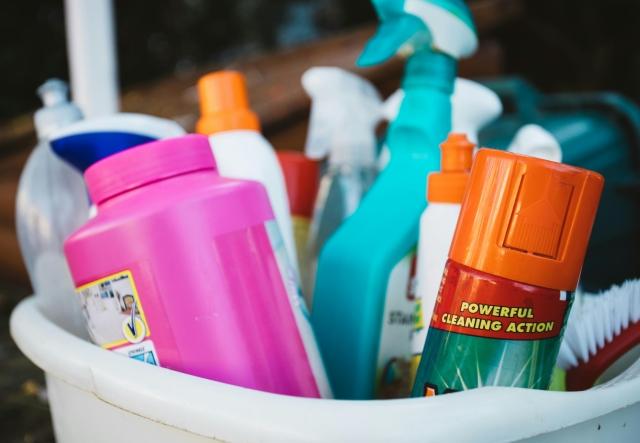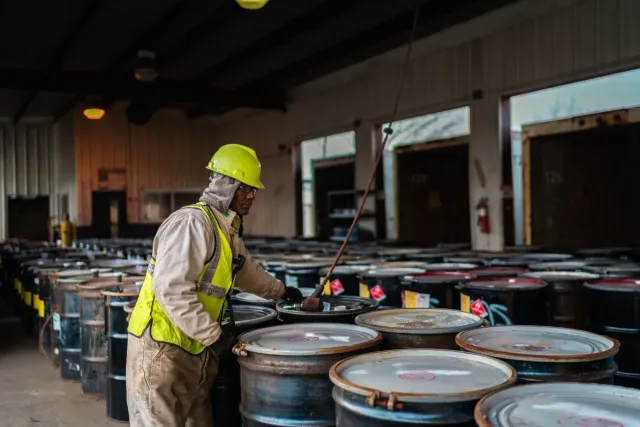5 Mistakes Coalitions Can Fix to Maximize Their Drug Disposal Campaigns
JANUARY 27, 2020
In December 2019 and January 2020, Clean Earth (formerly Stericycle Environmental Solutions) participated in a webinar series with InsightFormation and the SAFE Project, hosted by the Population Health Learning Collaborative, on “5 Mistakes Coalitions Can Fix to Maximize their Drug Disposal Campaigns”. During the session, Kristen Proctor, Product Manager & Marketing Strategist at Stericycle, and Bill Barberg, President and Founder of InsightFormation, discussed the important role that safe drug disposal plays for community coalitions to prevent opioid abuse, and how to maximize the impact and ROI of these programs.
Kristen and Bill shared practical tips and tools for drug coalitions to improve prescription drug take back and disposal efforts to safely and sustainably prevent opioid abuse in communities. Below are some key highlights from the webinar, including the five most commonly overlooked drug disposal campaign mistakes and how community coalitions can address them.
- Not Reaching Enough Seniors in Effective Ways – According to a 2018 AARP poll of adults ages 50-80 who were prescribed opioids, 50% had pills left over and 86% kept them for later use. Considering the number of opioids and medications prescribed to this generation, this is a population that should not be overlooked when implementing drug disposal programs. Not only do leftover pills leave seniors vulnerable to abuse and addiction, but it also makes them a target for drug diversion from relatives, guests, or professionals who gain access to their home.
- Not Sufficiently Addressing Behavior Change – Often times people choose to keep extra pills rather than properly dispose of them. Simply encouraging a behavioral change is not enough. Solutions need to be both urgent and easy. To change the mindset around leftover medications and utilizing drug disposal through outreach programs, community coalitions can provide alternative options to change this behavior.
- Not Considering All Disposal Option Pros & Cons – There are a variety of drug disposal products and solutions available for consumer drug disposal, but not all of these solutions meet federal agency recommendations or address all of the challenges associated with properly disposing of pharmaceuticals. It’s important to weigh the pros and cons of each option before moving forward, such as compliance, convenience, sustainability, trackability, and costs.
- Not Defining Success Criteria or Tracking Data – Failing to plan is planning to fail. Before putting a drug take back program in place, it’s critical to know what success looks like for your campaign and planning accordingly. This includes establishing impact baselines, defining measurable campaign goals and success criteria, using trackable solutions, designing data-driven processes, and analyzing the data to understand if your campaign was successful or not.
- Not Optimizing Campaigns to Maximize Impact – Too often, drug disposal campaigns are less effective than they could be due to setting and forgetting. From broad, untargeted distribution and failing to engage all key stakeholders in the process, to failing to provide sufficient education and awareness information, there are several ways in which coalitions can optimize these
The webinar also covered valuable strategy tools and resources that coalitions can leverage to increase the impact of their opioid crisis response strategies, without wasting time and energy reinventing the wheel on proven tactics.
These resources include:
- Stericycle Drug Take Back Solutions – award-winning drug take back collection kiosks and Seal&Send medication mail back envelopes that are compliant, convenient, sustainable, and trackable
- The SAFE Project Community Playbook – a top-down, step-by-step approach to ensuring a SAFE community
- The Opioid Coalition Resource Hub – a Wikipedia style, open source, online information database of opioid crisis response strategies and resources
- Take Action 4 Life – a suite of bottom-up resources and tools that enable everyday people to take action on the opioid crisis
- The InsightFormation Community Coalition Accelerator – a three-month program to help coalitions enhance their strategies and systematically engage community partners via onsite interactive workshops and e-learning modules
To learn more about how your community coalition or organization can optimize your safe drug disposal and opioid abuse prevention campaigns, watch the webinar recording here or request more information from Stericycle about our drug take back kiosk and medication mail back solutions here.



